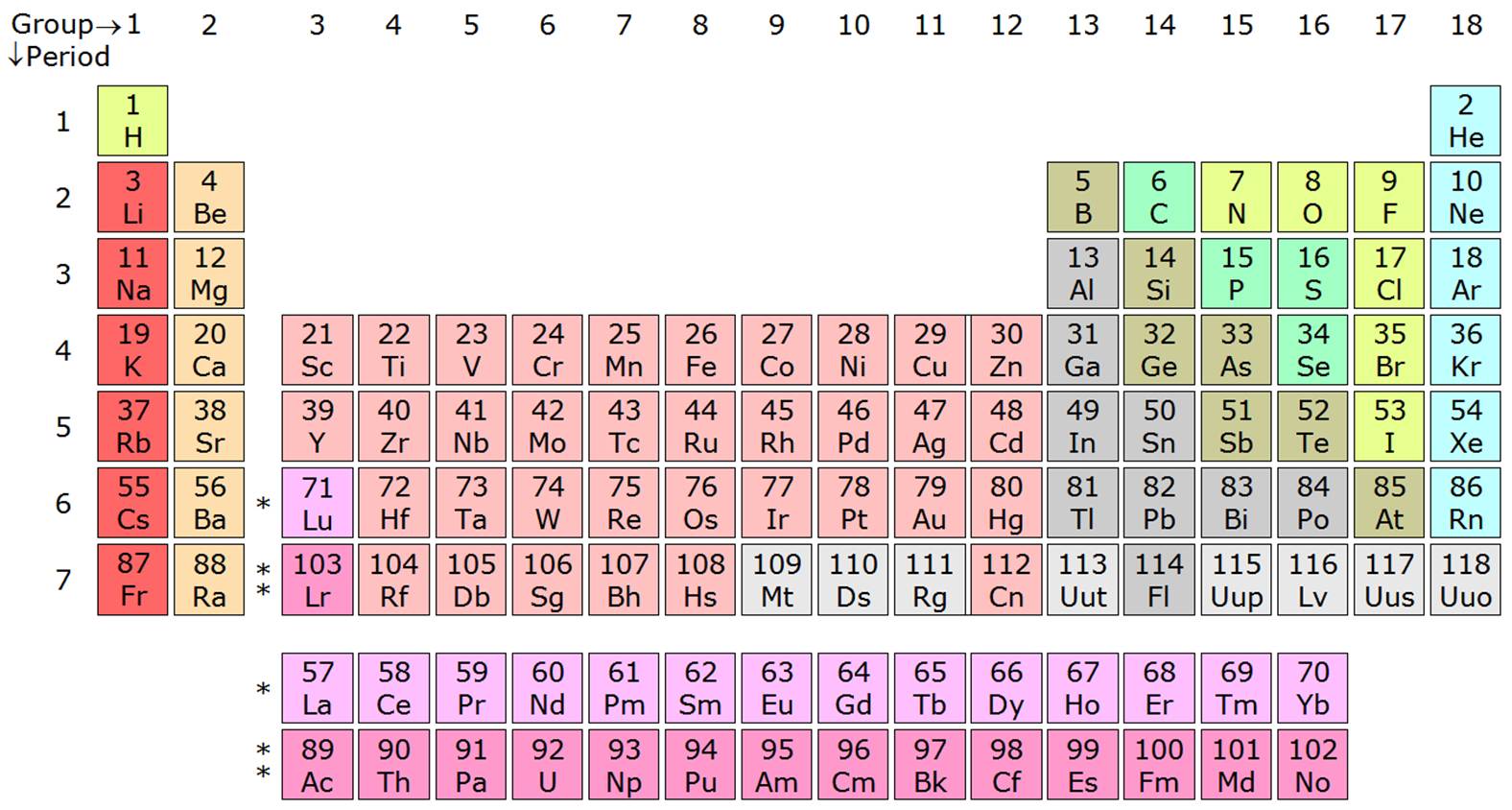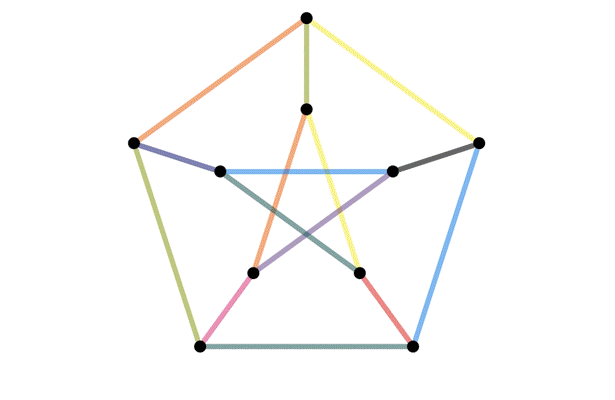MAS341
Graph Theory
Lecture 1
Paul Johnson
Basic Information
Contact
- Website is on Blackboard
- Email: paul.johnson@sheffield.ac.uk
- Office hours: Tuesday 2:00-3:00 Hicks J06b
- Or: Email for an appointment
Marking
- The final exam is 100% of the grade :(
- Should be very similar to previous years' exams
- Old exams and solutions available
- Homeworks are 'exam type' questions
Fun Survey Course
- Introduction and paths (6 lectures)
- Algorithms (4 lectures)
- Graphs on Surfaces (4 lectures)
- Colouring Graphs (4 lectures)
- Bonus material + review sessions (2 lectures + extra)
Miss a lecture for a bank holiday, leaving one lecture overrun
Notes and Lectures
- Notes for module cover same content as lecture
- Different presentation: lecture and reading different mediums
- Lectures recorded on Encore, but miss chalkboard...
- Better using recordings from pandemic
...the first duty of a lecturer -- to hand you after an hour's discourse a nugget of pure truth to wrap up between the pages of your notebooks and keep on the mantel-piece for ever
Virginia Woolf, A Room of One's Own
Examples and definition
Graphs encode:
Connections (edges)
between
things (vertices)
Formal Definition
A simple graph $\Gamma$ consists of:
- A set $V(\Gamma)$ of vertices
- A set $E(\Gamma)$ of edges of the two element subsets of $V(\Gamma)$
For $e\in E(\Gamma), e=\{v_1,v_2\}$, then $e$ "connects" $v_1$ and $v_2$
Some consequences:
Following from our choice of formal definition:
- The edges are symmetrical -- Facebook, not Twitter
- No loops, i.e. edges connecting a vertex to itself
- No multiple edges between the same pair of vertices
Generally, "graph" will mean "simple graph", but sometimes we will consider non-simple graphs.
First application
Suppose you are at a party with 6 other people.
Is it possible that every person knows exactly three other people at the party?
(It is assumed if $A$ knows $B$, then $B$ knows $A$).
Make it a graph
- Vertices are people (so there are 7)
- Edge between two people if they know each other
Since each person knows three people, there are three edges coming out of each vertex
Try to draw such a graph
Avoiding a case by case proof
Suppose everyone shook hands with the people at the party they knew. How many handshakes would occur?
Two ways to count handshakes:
- Each edge is a pair of people who know each other. So there will be $|E(\Gamma)|$ handshakes.
- Since everyone knows three people, everyone will be involved in three handshakes. But each handshake involves two people. So, by this count, there would be $7\cdot 3/2=10.5 $ handshakes, i.e., edges, which is obviously nonsense
A generalization
Definition:
For a simple graph $\Gamma$, and $v\in V(\Gamma)$, the degree of $v, d(v)$, is the number of vertices adjacent to $v$.
Euler's handshaking Lemma
$$\sum_{v\in V(\Gamma)}d(v)=2|E(\Gamma)|$$The degree sequence
The degree sequence of a graph is just the list of degrees of the vertices, with multiplicity.
Degree sequence in Chemistry

Covalent Bonds
- Hydrogen (H) and Fluorine (F) have degree 1
- Oxygen (O) and Sulfur (S) have degree 2
- Nitrogen (N) and Phosphorous (P) have degree 3
- Carbon (C) has degree 4
In biochemistry, carbon and hydrogen are most common. Carbon are left blank, and Hydrogen aren't drawn at all
Fluoxetine (Prozac)
Hydrocarbons
An application
Instant Insanity
- 4 cubes
- Each side of each cube is colored one of four colors
- Goal is to stack cubes so each direction has all 4 colours
- Patterns online to make your own cubes and try to solve
Isomorphisms
When are two graphs
"the same"?

Definition of an isomorphism
An isomorphism $\varphi:G\to H$ of graphs is:
- A bijection $\varphi_V:V(G)\to V(H)$
- A bijection $\varphi_E:E(G)\to E(H)$
That "play nicely together", i.e.:
- We say $G$ and $H$ are isomorphic if there is an isomorphism between them.
- If $G$ and $H$ are simple, then $G$ and $H$ are isomorphic if and only if there is a bijection $\varphi$ that preserves the number of edges between vertices; that is, so that $\varphi(v)$ and $\varphi(w)$ are adjacent if and only if $v$ and $w$ were adjacent.
- This breaks down if $G$ and/or $H$ have multiple edges. (why?)
- Our original definition of isomorphism is arguably slightly wrong if $G$ and $H$ have loops. (Why?)